As rotis are a staple and vital component of the Indian diet, roti tawas are commonplace in Indian kitchens. They offer an ideal cooking surface for creating thin, soft, and thoroughly cooked rotis, which are typically served with vegetables, curries, or lentils. There are a wide range of roti tawas available at different prices. Roti tawa price can be affected by a number of variables such as material, specifications, design and size.
Table of Contents
What is Roti Tawa?
A roti tawa or tava is a conventional Indian cooking tool that is used for preparing rotis, unleavened flatbreads. It is a circular, flat, concave pan with no elevated edges.
The roti tawa's concave surface aids in the uniform heating of rotis. It permits the dough to get into contact with the heated surface, which promotes consistent heat distribution and bread puffing. The lack of elevated edges makes flipping and cooking the rotis simpler.
A roti tawa is heated on a hob over moderate to high heat until the desired temperature is achieved. The roti dough is subsequently rolled into thin discs and set on a hot tawa. As the roti cooks, it is rotated to ensure that both sides are evenly cooked. The rotis acquire a faint char and a pleasant flavour from the tawa's hot surface.
What Determines Roti Tawa Price?
The roti tawa's price is significantly influenced by the material used in its construction. Common roti tawa materials include aluminium, cast iron, stainless steel, and nonstick coatings. Tawas made from superior materials such as cast iron or nickel-free stainless steel are typically more expensive than those made from aluminium or non-stick materials.
Roti tawa price is also affected by its size. Generally speaking, larger tawas cost more than tiny ones. Roti tawa price can be impacted by its design and additional features. A roti tawa that has a non-stick coating or is specifically engineered for improved grasp and heat resistance, for instance, may be more expensive than a standard model.
The tawa's overall quality, including its construction, features, and durability, can impact the roti tawa price. Superior craftsmanship and meticulous attention to every detail are likely to result in a higher roti tawa price.
Uses of Roti Tawa in India:
A roti tawa is commonly used in India for the following reasons:
Roti tawas are designed to equitably distribute heat across the cooking surface. This provides for uniform cooking and helps the rotis puff up uniformly. The quality of heat distribution also impacts the roti tawa price.
The flat and smooth surface of a roti tawa makes it simpler to roll out the dough and cook the rotis. The flat surface permits even contact between the dough as well as the tawa, which promotes uniform cooking.
The direct contact that occurs between roti dough as well as the heated area of the tawa aids in the rapid cooking of the rotis. The efficient heat transmission results in shorter cooking times when compared to other forms of cooking.
Despite the fact that rotis are the main ingredient, roti tawas can also be used to prepare parathas, dosa, and thepla. They provide a dedicated and practical area for preparing these Indian essential breads.
Using a roti tawa to prepare rotis is an approach that has been practised in Indian households for generations. It imparts a sense of familiarity and authenticity to the cooking process.
Different Types Of Roti:
Roti is a broad term used to describe various types of unleavened flatbreads consumed in different regions of India and neighboring countries. Here are some popular types of rotis:
Chapati: Chapati is one of the most common and widely consumed types of roti. It is made from whole wheat flour, water, and a pinch of salt. The dough is rolled into thin discs and cooked on a tawa until it puffs up and gets lightly browned.
Phulka: Phulka is similar to chapati but is typically thinner and softer. It is made from the same whole wheat flour dough, but the cooking method is slightly different. After partially cooking the phulka on the tawa, it is finished by applying direct heat, causing it to puff up.
Paratha: Parathas are layered and flakier flatbreads that are often stuffed with various fillings. The dough for parathas is usually made with whole wheat flour, oil or ghee, and water. The rolled-out dough is filled, folded, and then rolled out again before being cooked on a tawa or griddle with oil or ghee.
Naan: Naan is a popular Indian bread often associated with tandoori cuisine. It is made from all-purpose flour or a combination of all-purpose and whole wheat flour. Unlike other rotis, naan is traditionally baked in a tandoor (a clay oven), resulting in a soft and slightly chewy texture. Naan can be flavored with garlic, butter, or various toppings.
Missi Roti: Missi roti is a Punjabi specialty made from a combination of wheat flour (atta) and gram flour (besan). It is often seasoned with spices like cumin, coriander, and chili powder. Missi roti has a distinct flavor and is typically cooked on a tawa or griddle.
Bajra Roti: Bajra roti is a type of roti made from pearl millet flour. It is a popular bread in Rajasthan and other parts of India, particularly during winter. Bajra roti has a slightly coarse texture and is often enjoyed with accompaniments like ghee or curries.

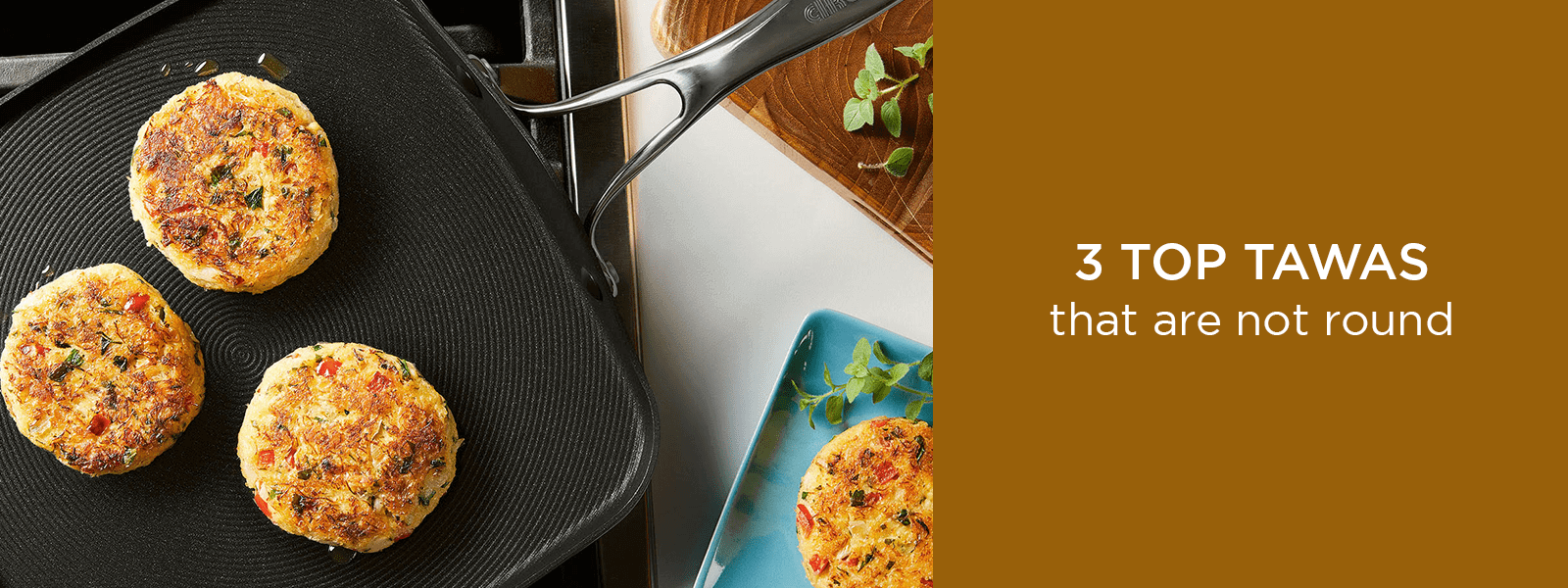
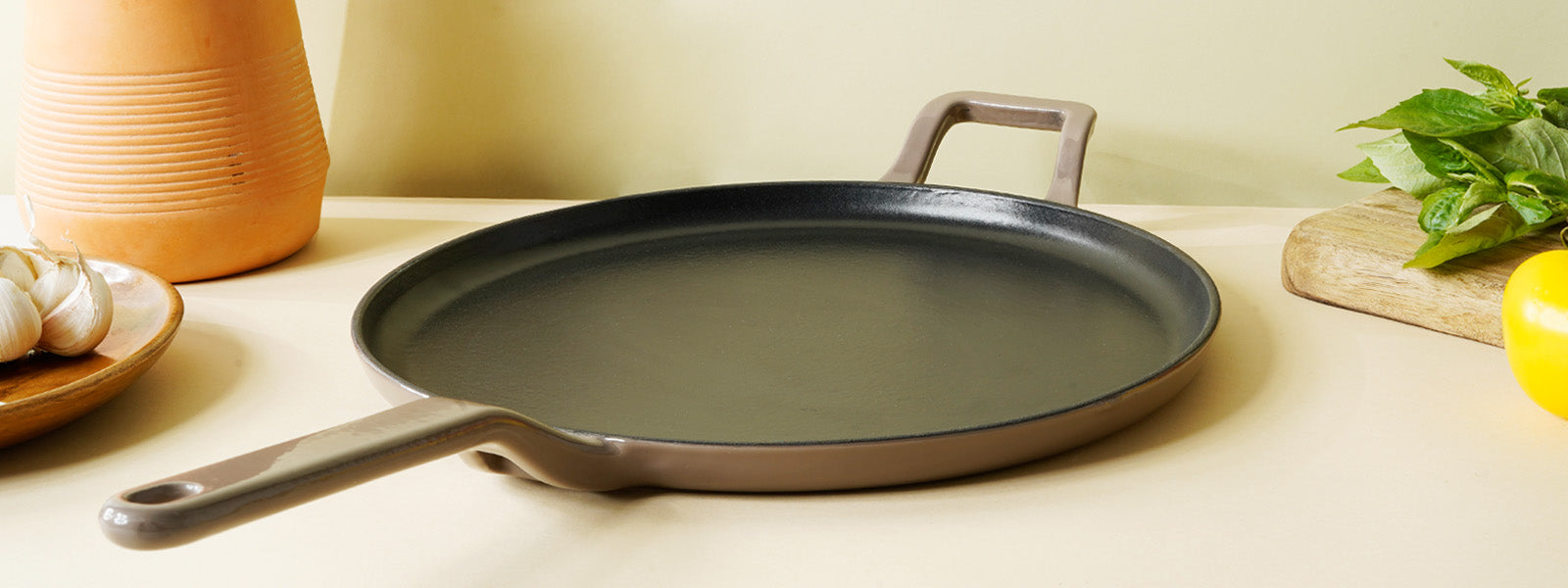
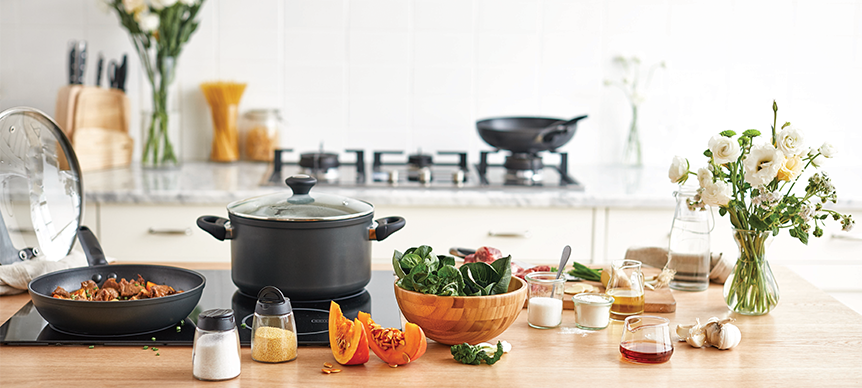
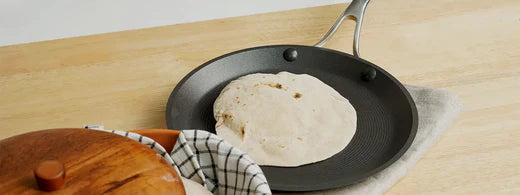
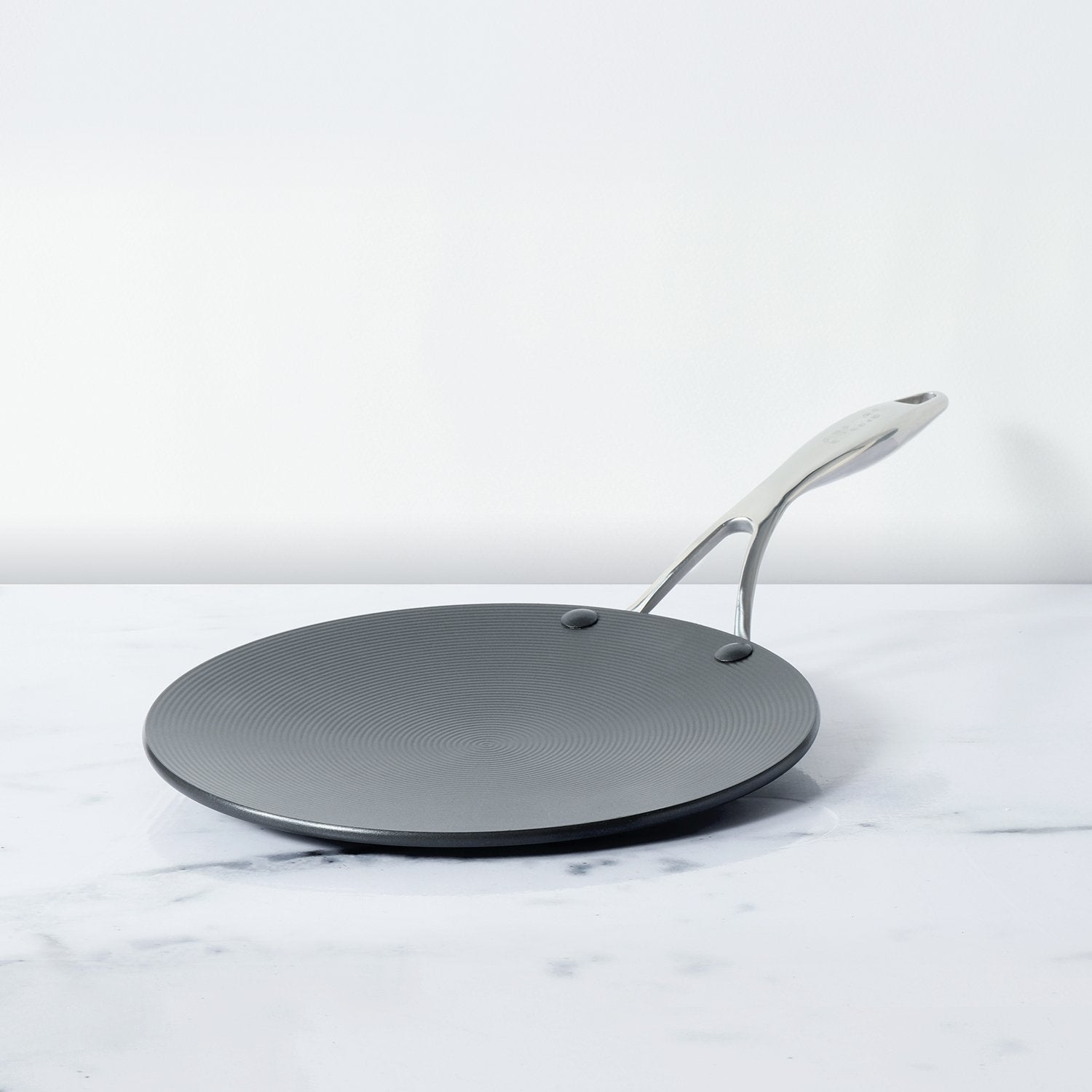
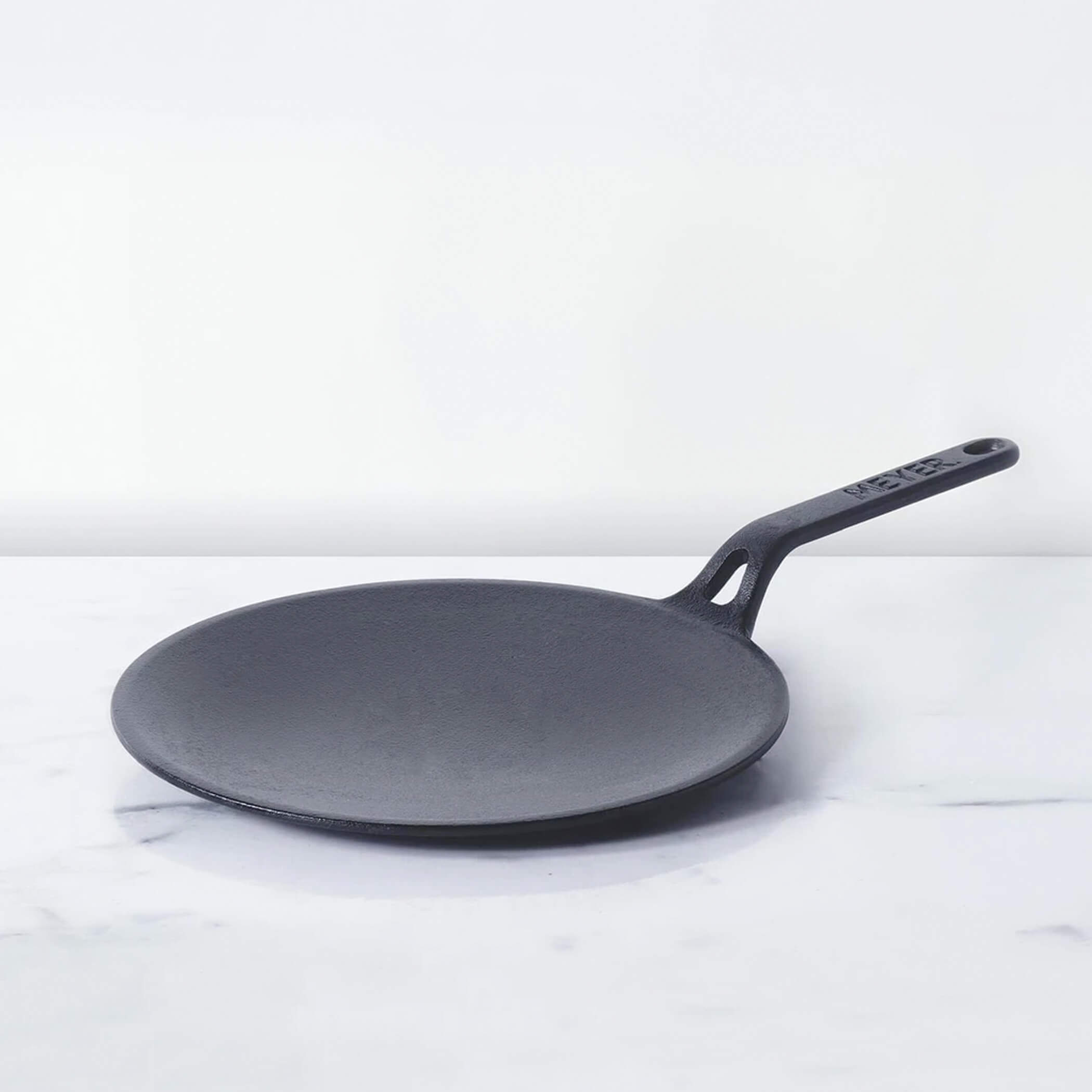




Leave a comment